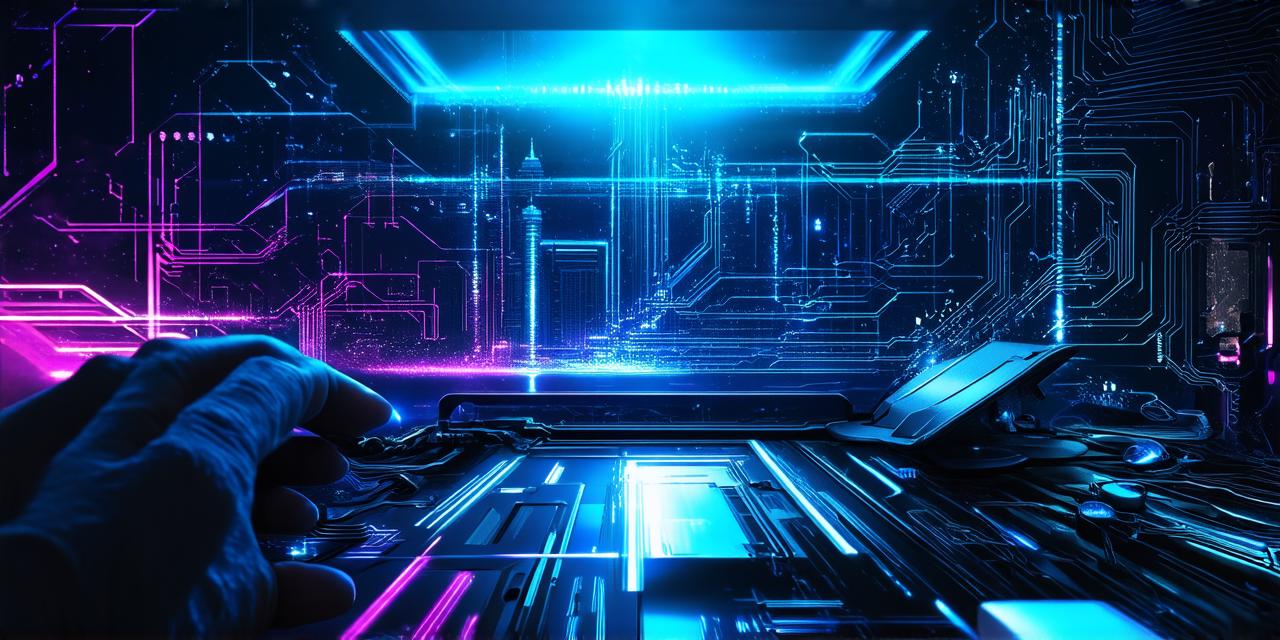What is Virtual Reality?
Virtual reality (VR) is an immersive computer-generated simulation of a 3D environment that can be interacted with in a seemingly real or physical way using special electronic equipment, such as headsets or gloves equipped with sensors. It allows users to step into a digital world and experience it as if they were really there.
The Role of Virtual Reality Designers
Virtual reality designers are responsible for creating the 3D environments and experiences that users interact with in VR systems. They use a variety of software tools and techniques to design, develop, and test virtual worlds, characters, and objects that are both visually appealing and engaging for users.
Virtual Reality Design Tools and Techniques
Virtual reality designers use a variety of software tools and techniques to create immersive and engaging experiences for users. Some of the most commonly used tools include:
- 3D modeling software: Virtual reality designers use 3D modeling software such as Maya, Blender, and ZBrush to create 3D models of environments, characters, and objects that will be used in VR experiences.
- Unity and Unreal Engine: These are two popular game engines used for creating virtual reality applications. They provide a wide range of tools and features for designing and developing VR experiences.
- Motion capture technology: This technology is used to capture the movements of actors and translate them into lifelike animations in VR experiences.
- 360-degree cameras: These cameras are used to capture high-resolution images of real-world environments that can be used as the basis for virtual worlds.
- Virtual reality headsets: These devices are used by users to experience the virtual world created by the designer.
Virtual Reality Design Challenges and Best Practices
Virtual reality design is a challenging field, but there are several best practices that can help designers create immersive and engaging experiences for users. Some of these best practices include:
- Understanding user needs: Virtual reality designers should conduct research and gather feedback from potential users to determine what features and elements they would like to see in a VR experience.
- Creating a sense of presence: Virtual reality designers should pay close attention to the user’s movement and interactions within the VR world, ensuring that they are seamless and intuitive.
- Using sound, lighting, and environment interactions to create an immersive environment.
- Testing and iterating on designs: Virtual reality designers should test their designs with users and gather feedback to make improvements and refinements.
- Keeping up with the latest technology: Virtual reality technology is constantly evolving, so it’s important for designers to stay up-to-date with the latest tools and techniques.
Virtual Reality Design Case Studies
There are many virtual reality design case studies that illustrate the power of this technology in creating immersive and engaging experiences for users. Here are a few examples:
- Virtual Reality Training Simulations: Virtual reality training simulations are used in various industries, such as healthcare and military, to provide immersive and realistic training experiences. For example, medical students can use virtual reality simulations to practice surgical procedures, while military personnel can use VR simulations to train for combat situations.
- Virtual Reality Gaming: Virtual reality gaming has become increasingly popular in recent years, with many developers creating games that take advantage of the unique capabilities of VR technology. For example, the game “Beat Saber” uses virtual reality to create an immersive and engaging rhythm game experience.
- Virtual Reality Education: Virtual reality education is being used to provide immersive and interactive learning experiences for students in a variety of subjects. For example, the app “Anatomyo” allows medical students to explore the human body in 3D using virtual reality technology.
The Future of Virtual Reality Design
Virtual reality technology is constantly evolving, and we can expect to see even more innovative uses of this technology in the future. Some potential areas for virtual reality design include:
- Virtual Reality Therapy: Virtual reality therapy is becoming increasingly popular in the healthcare industry, with many therapists using VR technology to treat conditions such as anxiety, PTSD, and phobias.
- Virtual Reality Architecture: Virtual reality architecture allows architects to create immersive 3D models of buildings and spaces that can be explored by clients and stakeholders.
- Virtual Reality Travel: Virtual reality travel allows users to explore different parts of the world without ever leaving their living room. This could include virtual tours of museums, historical sites, and natural wonders.
Conclusion
Virtual reality designers play a crucial role in creating immersive and engaging experiences for users. By understanding user needs, creating a sense of presence, and using the latest technology, virtual reality
